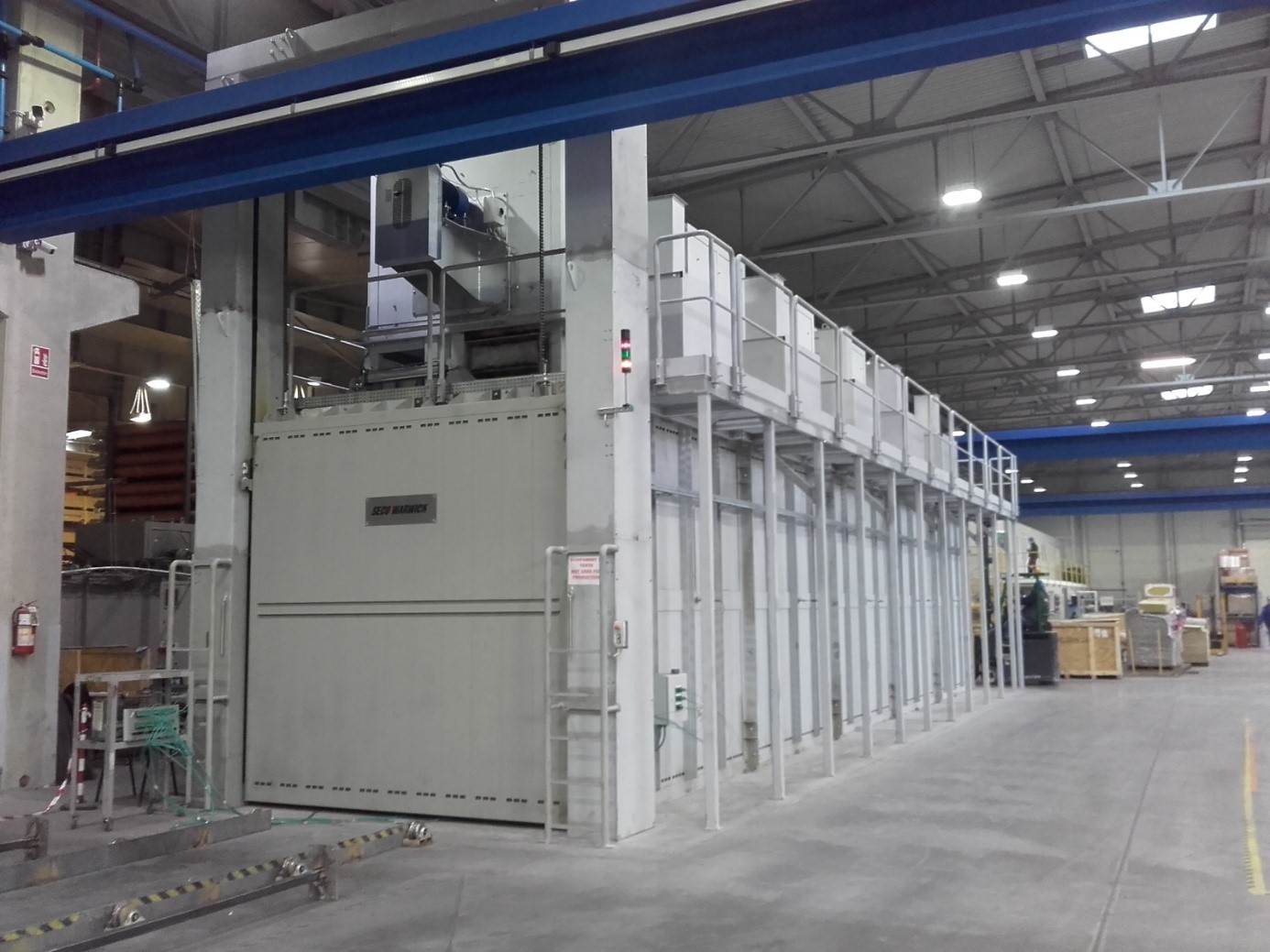Aluminum furnaces and their technological production capabilities

Aluminum furnaces enable heat treatment of the mentioned metal. Heat treatment involves heating, soaking and cooling aluminum in a controlled manner. For this purpose, it is necessary to obtain the optimal temperature and comply with the specifications regarding time standards. Thanks to this process, aluminum is more plastic and formable because its structure changes. The structure and design of the mentioned aluminum furnaces allows the entire process to be carried out effectively and safely.
- Aluminum furnaces — what are their types and purposes?
- Aluminum melting, aging, preheating… Advantages of using specialised furnaces
Aluminum furnaces — what are their types and purposes?
Advanced technology is used to produce each furnace intended for metal processing. Thanks to it, it is possible to shorten the mentioned process, increase its efficiency and take into account the issue of economic processing (including reduced time production). Minimising the impact of thermal treatment on the natural environment and sustainability is also considered.
Aluminum furnaces allow you to melt the mentioned metal and combine it with other alloys to obtain an alloy with the desired chemical composition. Annealing furnaces enable to produce rolled products such as coils and foils from molten aluminum.
Preheating furnaces are designed to maintain the temperature of molten metal to facilitate further mechanical processing and forging of specific components.
Homogenisation furnaces are needed in metallurgical plants where secondary aluminum melting and casting are necessary.
The last type of furnace to mention is a furnace for hardening and aging aluminum. The entire process takes place in artificial conditions, thanks to which the operation requires much less time to harden the metal and obtain its expected mechanical properties.
Aluminum melting, aging, preheating… Advantages of using specialised furnaces
All furnaces are manufactured in accordance with applicable standards in the industry for which they are intended. They meet stringent requirements, rules, and regulations.
They are characterised by lower maintenance requirements, meeting performance and quality requirements, as well as enabling the production of components and finished products that are further used in subsequent manufacturing processes.
Technologically advanced furnaces are very popular around the world, as they have been used in various industries for years, such as aviation, automotive, mechanical engineering, telecommunications, electronics, and defence systems.
To sum up, furnaces, which are often equipped with additional devices and equipment, enable quick thermal treatment in safe conditions and provide the company with additional financial savings.


